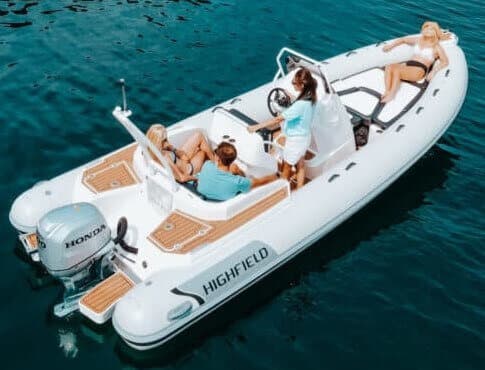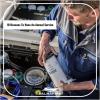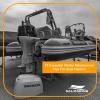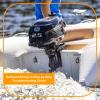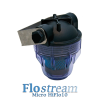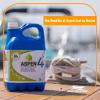Is your boat ready for the season?
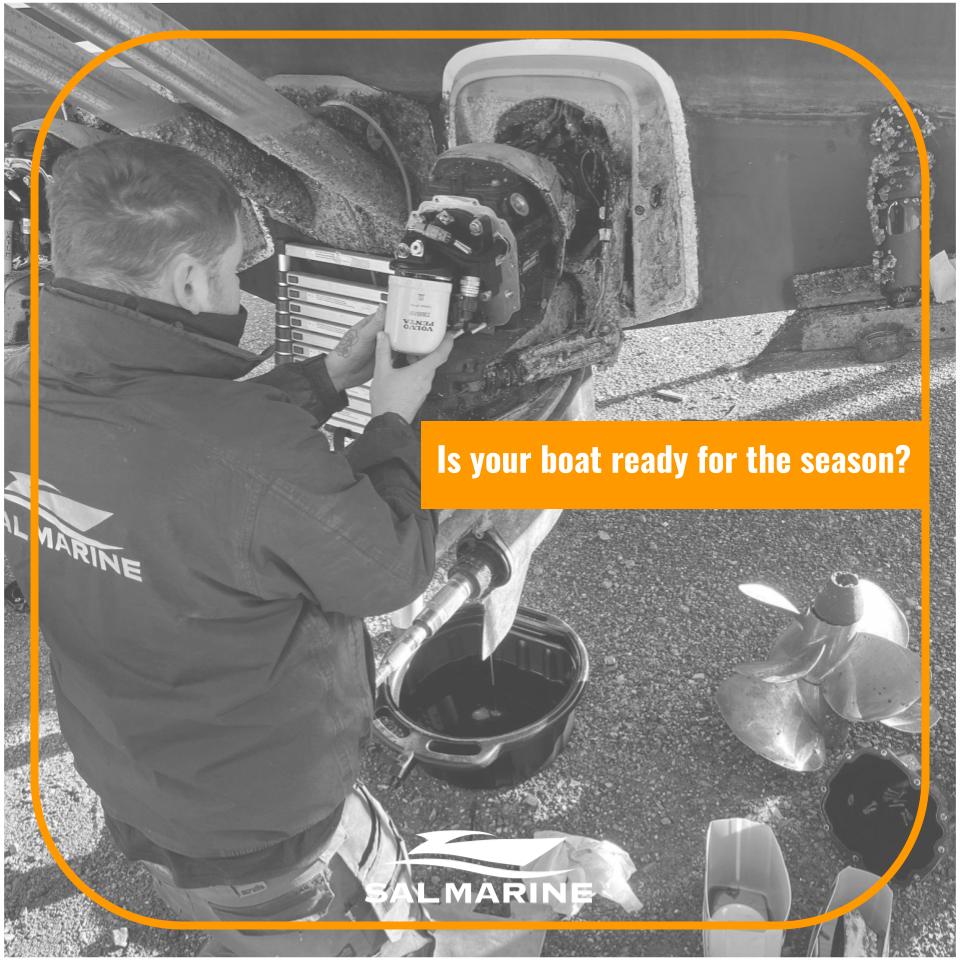
With the arrival of warmer weather, many boaters are eagerly anticipating the start of boating season. However, before setting sail, it is essential to ensure that your boat is in good condition. This is true whether you are an experienced boater or a novice boat owner.
There are a number of steps that should be taken to prepare your boat for the season. These can include a thorough cleaning, checking and changing fluids, inspecting the hull for damage, and testing all of the boat's systems, such as the electrical, plumbing, and navigation systems.
Seasoned sailors know that regular maintenance and upkeep are essential to ensure the safe and reliable operation of a boat. But if you are new to boating, it is especially important to educate yourself on the proper care and maintenance of your vessel to avoid any potential safety hazards.
One of the first things to check is the boat's hull. Look for any cracks, dings, or other damage that may have occurred over the winter. If you do find any damage, it's best to have it repaired by a professional before heading out on the water.
Next, check the boat's electrical and mechanical systems. Make sure all of the lights, gauges, and electronics are working properly. Check the battery, oil levels, and fuel system to ensure everything is in good condition. If you're not familiar with these systems, it's a good idea to have a professional mechanic take a look.
Another important aspect to consider is safety. Make sure you have all the necessary safety equipment on board, such as life jackets, flares, and a fire extinguisher. It's also a good idea to have a first aid kit and a radio on board in case of emergencies.
Finally, it's important to check the boat's registration and insurance. Make sure your boat is properly registered and that your insurance is up to date. This will give you peace of mind on the water, knowing that you're protected in case of an accident.
Inboard Engine:
Check the oil level and quality: Make sure your engine's oil level is at the appropriate level and that the oil is clean and free of debris or contaminants.
Inspect the belts and hoses: Check the belts and hoses for any signs of wear or damage, such as cracks or fraying. Replace any damaged belts or hoses.
Check the cooling system: Inspect the cooling system, including the raw water intake, sea strainer, impeller and heat exchanger, for any blockages or leaks. Clean or repair as needed.
Inspect the propeller and shaft: Check the propeller and shaft for any signs of damage, such as dents or bends. Repair or replace as necessary.
Test the ignition system: Test the ignition system to make sure it is working properly.
Outboard Engine:
Check the oil level and quality: Make sure your engine's oil level is at the appropriate level and that the oil is clean and free of debris or contaminants.
Inspect the fuel system: Check the fuel system, including the fuel lines and filters, for any blockages or leaks. Replace any damaged or clogged components. Drain any old fuel and replace it with fresh clean fuel.
Check the cooling system: Inspect the cooling system, including the water pump, impeller, and thermostat, for any blockages or leaks. Clean or repair as needed.
Inspect the propeller and lower unit: Check the propeller and lower unit for any signs of damage, such as dents or cracks. Repair or replace as necessary.
Test the ignition system: Test the ignition system to make sure it is working properly. Check the spark plugs and replace if necessary.
Auxiliary Engine:
Check the fuel level and quality: Make sure your auxiliary engine has enough fuel and that the fuel is clean and free of debris or contaminants.
Inspect the fuel system: Check the fuel system, including the fuel lines and filters, for any blockages or leaks. Replace any damaged or clogged components. Drain any old fuel and replace it with fresh clean fuel. Add fuel Stabilizer if required.
Check the cooling system: Inspect the cooling system, including the water pump, impeller, and thermostat, for any blockages or leaks. Clean or repair as needed.
Inspect the propeller and lower unit: Check the propeller and lower unit for any signs of damage, such as dents or cracks. Repair or replace as necessary.
Test the ignition system: Test the ignition system to make sure it is working properly. Check the spark plugs and replace if necessary.
Preparing your boat for the season takes a little bit of time and effort, but it's well worth it to ensure that you and your passengers have a safe and enjoyable experience on the water. Taking the time to check the hull, mechanical systems, and safety equipment will give you the confidence to set sail with peace of mind. Happy boating!
Book a service with SAL Marine


 to save as many parts lists for boats and engines as you want. It makes reordering and costing up jobs, quick and easy!
to save as many parts lists for boats and engines as you want. It makes reordering and costing up jobs, quick and easy! 
